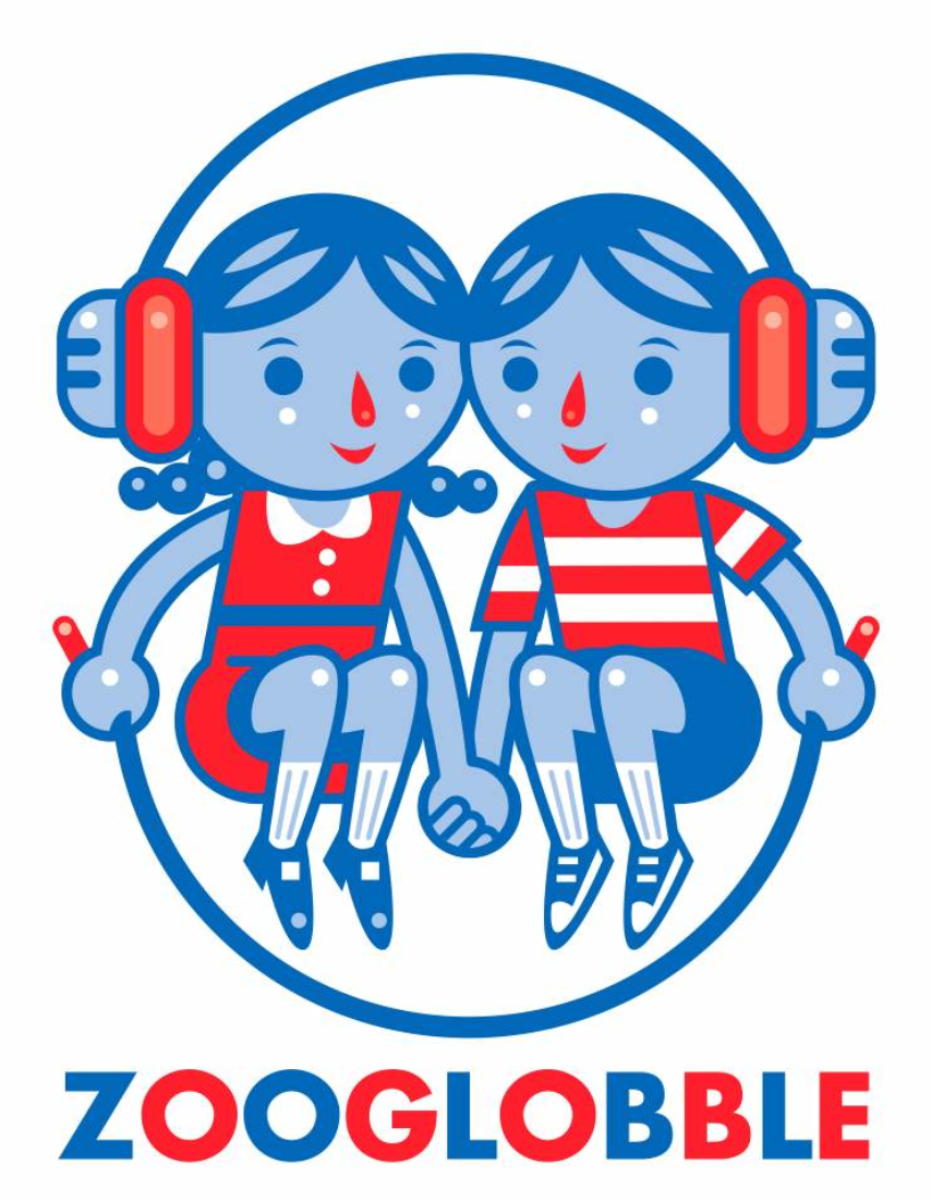I know that saying that a creative endeavor is unlike anything else that's out there sounds like hyperbole, but Ear Snacks fits the bill. There are lots of great podcasts for kids, but in its absurdist and often non-story-based style (not to mention its greater though not exclusive emphasis on preschool listeners), the labor of love from Los Angeles-area musical duo Andrew and Polly is unique.
And it's back for Season 2!
Now what exactly is Ear Snacks? Well, why don't you let a few kids tell you...
(I love that, by the way.)
In any case, with Season 2 starting TOMORROW!, I went straight to the source, Andrew Barkan and Polly Hall themselves (OK, just Polly), to find out more about Season 2 and how it's more of the same, but also different, from Season 1. (Also, on a related note, make sure you check out "How Does This Get Made?," a discussion on, well, how the podcast gets made. It's not geared towards kids, but totally kid-friendly, if they happen to pull it up on your podcast player.)
Zooglobble: Is there a theme to season 2, or is it more or less random like season 1?
Polly Hall: It's more or less random, though this season we are being much more intentional about how the episodes tie into developmental milestones.
Can you give a sneak preview of some of the episode topics? How about just the first letters of each topic?
What's happening this season on Ear Snacks? Hands! Puzzles! Bad Guys! And much more. We'll keep the rest top super secret secret, but we are lining up some really fun guests to help us investigate science, music, art and culture in absurd & awesome ways. Kindie music friends will be making regular appearances, starting with Jazzy Ash & TMBG's Danny Weinkauf and some podcast pals like Wow in the World's Mindy Thomas. And to answer a question no one was asking -- yes, we are going to try to talk to conceptual artist John Baldessari. Because stickers.
What are you doing to be more intentional about developmental milestones?
Ear Snacks Season 2 will still be built around super-fun topics for kids to explore, but each episode is also intentionally tied to an important milestone central to childhood and growing up. We've met and sung with thousands of kids at this point and that "data set" really informs our work - but we're also weaving in our personal life, too. As parents (to a 4-month old and 3.5 year-old), we're learning first hand from playdates, pre-school and the playground. We know all about the big feelings that come while starting to make sense of the world - and this season we're trying to support kids as they're experiencing new situations, tackling new challenges and starting to connect with each other. Don't worry, there aren't any lectures in these episodes! Instead we take a sideways approach to topics like hitting, biting, differences and feeling confused that we think will equip kids to move through critical moments in an empowered way.
How has kids podcasting changed since you started Season 1?
The world of kids podcasts has changed A LOT since we started doing this in 2015. Personally, we know that parents are seeking out and discovering podcasts for their kids way more now than they were a couple of years ago - proof we've seen from our audience growth alone. We published our first episode of Ear Snacks in July 2015 and two years later we guess our weekly audience to be about 5,000 families and growing. That feels like a lot of people to be talking to, since our own research - and research published by the non-profit organization Kids Listen, of which we are proudly founding members [Ed. note: As am I!] - indicates that kids in our audience range are almost always listening with at least one adult. That's a lot of moms, dads, big brothers and sisters and lil' ones rocking out to our music, cracking jokes, knowing facts about seahorses and being curious about the world.
There's generally more awareness now about this kind of content - perhaps partly because more attention is being paid to the medium by the press (see recent Common Sense and New York Times articles), or partly because more creators are entering the space including NPR, Panoply, and Peabody-winning Gen-Z Media - even Nickelodeon & Disney have podcasts for kids now. Or a little bit chicken and egg? We're excited to see more advertising and grant money (see Brains On! and Book Club for Kids) is becoming available to support the work we're all doing.
There are even some podcast apps exclusively with kids content on the App Store now - Kids Listen, Leela and Panoply [Pinna] - and those are all great discovery tools for parents who are wondering, what should my kid be listening to?
There's so much great audio out there right now for kids and it's even a little easier to find - but still not necessarily the first idea a parent of a pre-schooler might have when reaching for an activity. A podcast for my pre-schooler? Yup, there is one, and it's called Ear Snacks.











